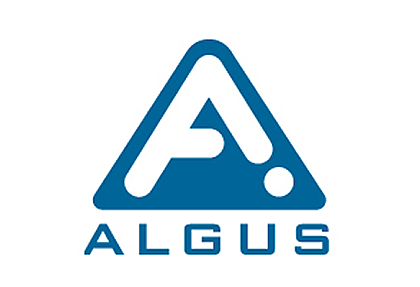5 Essential Tips to Optimize Your Medical Blister Packaging Strategy
In the rapidly evolving healthcare landscape, optimizing medical blister packaging has become increasingly crucial for ensuring product integrity and patient safety. According to a recent report from Smithers Pira, the global market for pharmaceutical packaging is expected to reach $100 billion by 2025, with blister packaging accounting for a significant share due to its protective properties and user-friendly design.
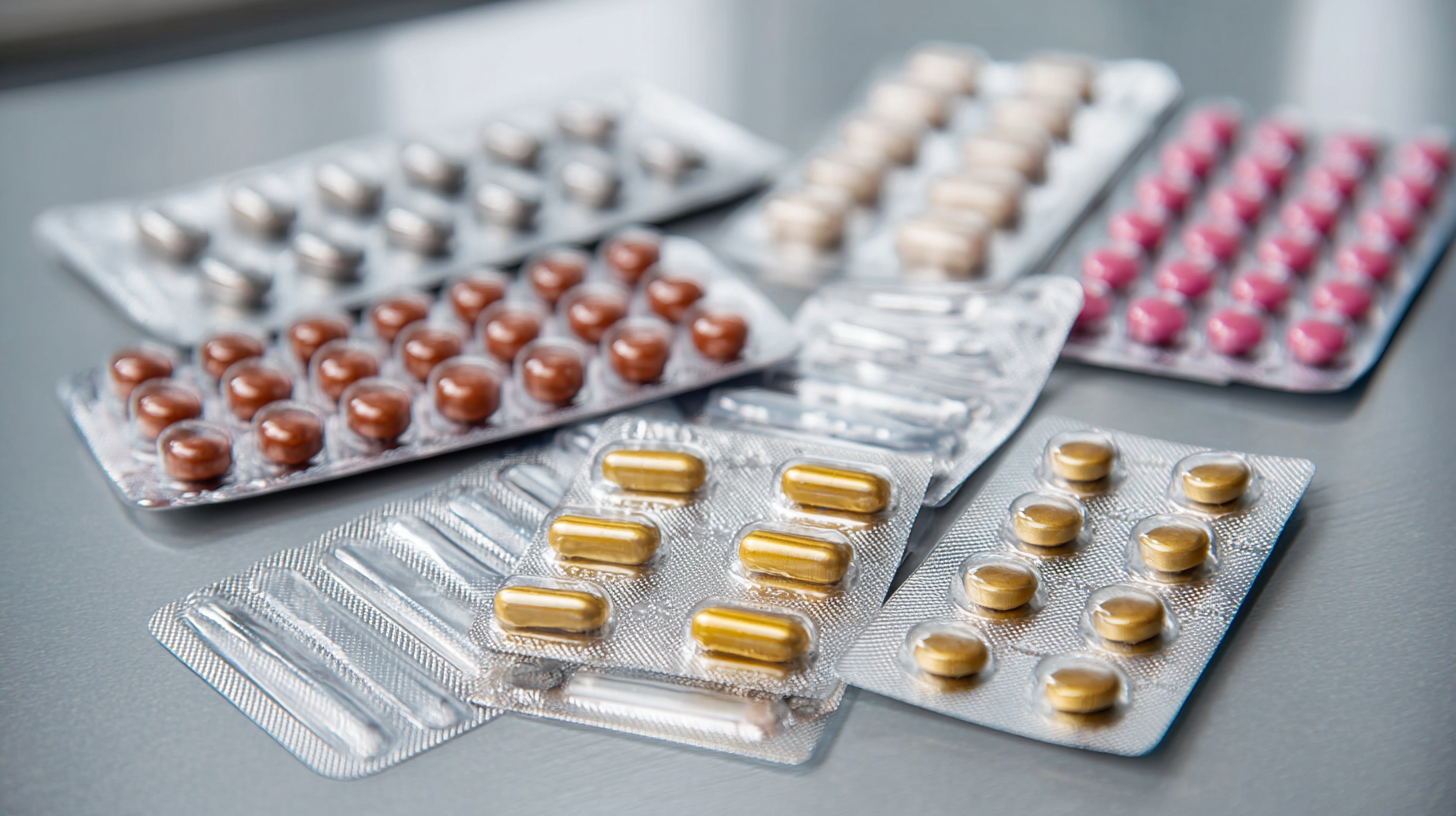
The challenges of contamination and product degradation necessitate the adoption of advanced materials and processes in the medical blister packaging sector. Additionally, a study by Grand View Research indicates that effective packaging not only enhances drug stability but also improves patient adherence by simplifying dosage information. In this context, implementing strategic improvements in medical blister packaging is essential for manufacturers aiming to remain competitive while safeguarding their products and reputation in the market.
Strategies for Selecting the Right Materials for Medical Blister Packaging
When selecting materials for medical blister packaging, it is crucial to prioritize both safety and functionality. PVC, PET, and aluminum are some of the most commonly used materials due to their excellent barrier properties that protect sensitive pharmaceuticals from moisture and light. The choice of material not only impacts the product’s shelf life but also affects the packaging process efficiency. For instance, opting for a material that can be easily formed and sealed can streamline production and reduce costs, while still ensuring product integrity.
Additionally, compliance with regulatory standards is a significant factor in material selection. It is essential to choose materials that meet the stringent requirements set forth by health authorities to ensure patient safety. This involves considering not just the material composition but also the manufacturing processes used, as any contamination can compromise the effectiveness of the medication. Therefore, collaborating with trusted suppliers who provide validated materials is vital for maintaining a high standard in medical packaging. By carefully evaluating these factors, manufacturers can optimize their blister packaging strategy effectively.
Analyzing Compliance Standards Affecting Medical Blister Packaging Design
When designing medical blister packaging, adherence to compliance standards is paramount. Regulations from entities such as the FDA and ISO set strict guidelines that ensure safety, efficacy, and reliability in medical products. Understanding these standards starts with recognizing the requirements for materials used in blister packs, which must be non-toxic, sterile, and capable of providing adequate barrier protection against moisture, light, and oxygen.
Failure to comply can result in not only regulatory penalties but also compromised product integrity.
In addition to material compliance, labeling and user instructions are critical components that must meet regulatory demands. Clear and accurate labeling helps prevent medication errors and ensures that healthcare providers and patients understand the usage and storage conditions of the products. Furthermore, packaging design should also consider the physical handling and transportation of the product, mitigating risks during transit while complying with environmental regulations. By addressing these aspects, companies can enhance their blister packaging strategies while ensuring they meet the necessary compliance standards.
The Role of Color Coding in Enhancing User Safety and Product Identification
Color coding plays a crucial role in enhancing user safety and product identification in medical blister packaging. By employing distinct color schemes, manufacturers can provide immediate visual cues that aid in the quick recognition of medications, thereby minimizing the risk of administration errors. According to a study on safety sign comprehension, the incorporation of color in packaging significantly improves user understanding, particularly in populations with varying cognitive abilities. Engaging color palettes not only serve an aesthetic purpose but also fulfill regulatory requirements by clearly signaling important safety information.
In addition to promoting safety, color coding can streamline inventory management and product differentiation. The ANSI Z535.1 standard highlights how safety colors can alert users to specific hazards, which is especially relevant in healthcare settings where rapid identification of pharmaceutical products is vital. For instance, using specific colors for different drug classes in blister packs can assist healthcare providers in quickly matching medications to patient needs, thus reducing the risk of misdispensing. As the healthcare industry continues to embrace innovative packaging solutions, the strategic use of color coding will be integral in promoting both safety and efficacy.
5 Essential Tips to Optimize Your Medical Blister Packaging Strategy - The Role of Color Coding in Enhancing User Safety and Product Identification
| Tip Number | Tip Description | Color Coding Example | User Safety Impact |
|---|---|---|---|
| 1 | Use distinct colors for different medications | Red for pain relievers | Prevents medication errors |
| 2 | Incorporate bold text alongside color coding | Bold "Aspirin" in white on a red background | Enhances legibility, reducing confusion |
| 3 | Utilize universal symbols with colors | Green for vitamins, with a leaf symbol | Improves product identification |
| 4 | Select colors wisely based on target demographics | Pastel colors for elderly users | Increases accessibility for users |
| 5 | Conduct user testing with color-coded designs | Feedback on color significance | Ensures the strategy meets safety needs |
Integrating Sustainable Practices in Medical Blister Packaging Solutions
In the pursuit of more sustainable medical blister packaging solutions, the integration of eco-friendly practices has become imperative. Recent developments in biodegradable materials highlight the pharmaceutical industry's commitment to reducing its environmental footprint. A comprehensive review of biodegradable packaging indicates a shift from traditional materials toward innovative alternatives that meet both regulatory requirements and sustainability goals. This transition not only addresses environmental concerns but also aligns with the World Health Organization's call for transformative action in pharmaceutical manufacturing and distribution.
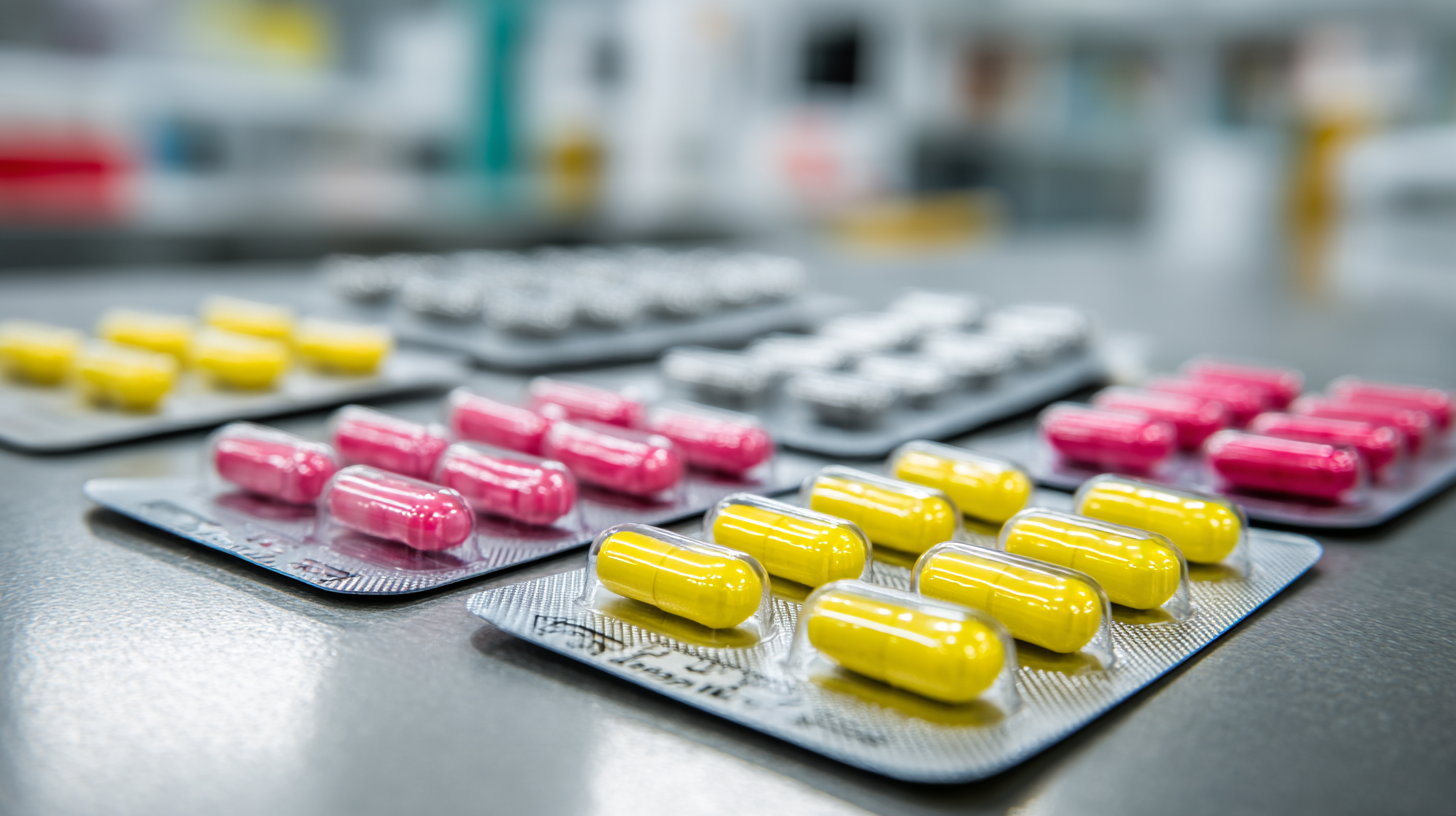
The adoption of recyclable mono-materials is another key trend driving sustainability in blister packaging. With advancements in machinery capable of handling these materials, manufacturers are increasingly able to produce packaging that minimizes waste and promotes a circular economy. As the global market for blister packaging continues to expand, projected to grow from USD 14.32 billion in 2024 to USD 22.21 billion by 2030, companies that prioritize sustainable practices will not only enhance their market position but also contribute to the larger goal of a greener future in the pharmaceutical sector.
Leveraging Technology for Enhanced Product Visibility in Blister Packaging
In today's competitive pharmaceutical market, leveraging technology for enhanced product visibility in blister packaging is crucial. By incorporating advanced labeling and tracking systems, manufacturers can provide clear product information, ultimately improving user experience and safety. Utilizing QR codes and RFID tags not only facilitates easy access to product details, but also helps in inventory management and reduces the risk of counterfeit medications.
To optimize your medical blister packaging strategy, consider these tips. First, embrace smart packaging solutions that integrate digital technologies, enabling real-time monitoring and data collection. This not only enhances the traceability of medications but also ensures compliance with regulations. Second, invest in high-quality materials that protect medications from external factors while allowing for clear visibility. Transparent materials can reassure end-users about the integrity and authenticity of the product.
Additionally, collaborate with packaging design experts who can help streamline the user interface on your blister packs. A well-designed blister package displays essential information like dosage and expiration dates prominently, ensuring that patients can easily understand and access what they need. The combination of technology and thoughtful design creates a seamless experience that promotes patient safety and adherence to medication regimens.
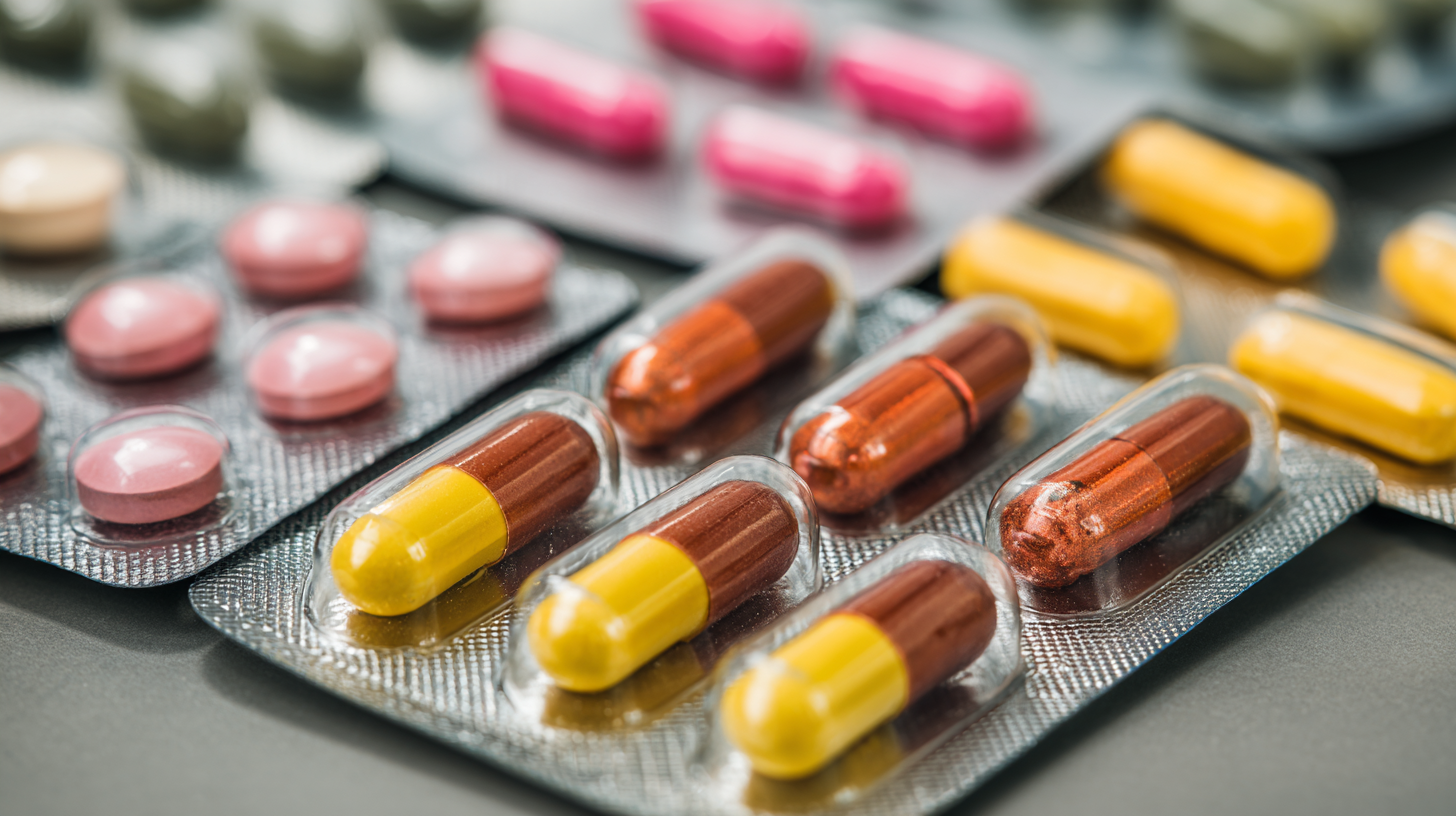
Related Posts
-

Addressing Common Challenges in Blister Pack Packaging: Solutions for Effective Product Protection
-
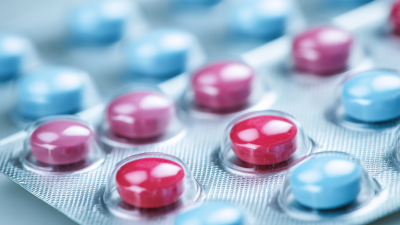
How to Optimize Blister Thermoforming for Maximum Efficiency and Cost Savings in Packaging
-
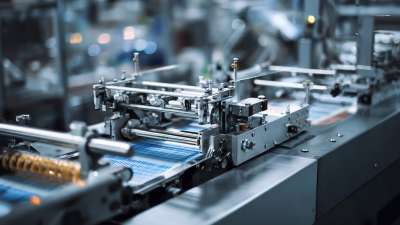
7 Essential Tips for Choosing the Right Food Packaging Machine for Your Business
-
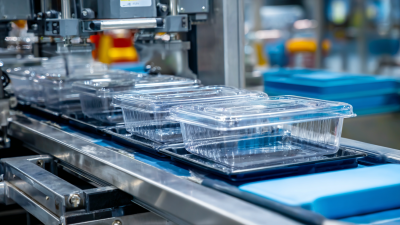
How to Choose the Right Plastic Tray Sealing Machine for Your Business Needs
-
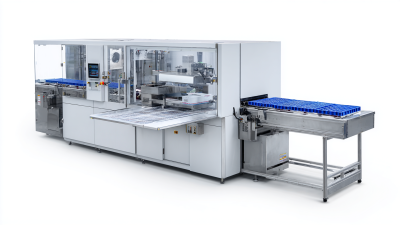
7 Best Plastic Tray Sealing Machines to Elevate Your Packaging Efficiency
-
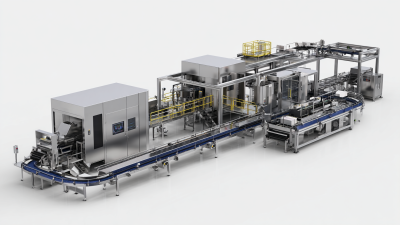
5 Essential Tips for Choosing the Right Packaging Equipment to Boost Efficiency
